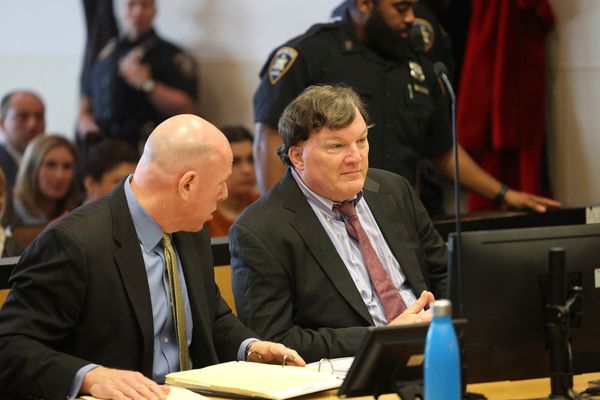
The number of people turning to A&E departments in England for minor ailments including hiccups, sore throats and coughs is soaring, as senior health leaders warn that NHS primary and community services are “massively overstretched”.
NHS data shows a large increase in people arriving at emergency departments for non-emergency ailments including backache, insomnia and earache.
The rise is piling enormous pressure on already busy hospitals, creating a “vicious cycle” in which there is less capacity to treat those in need of urgent care.
A data analysis by the PA Media news agency found there were 257,915 A&E attendances in 2023-24 for earache – a 10% rise on the previous year.
There was a 13% increase in the number of attendances for people seeking help for backache, up from 324,443 in 2022-23 to 365,327 in 2023-24.
In the same period, cases where a headache was the chief complaint rose 12%, from 379,127 to 423,297, and complaints for a cough rose 15%, from 322,500 to 369,264.
A&E departments had a 15% rise in attendances for insomnia, an 18% rise in attendances for hiccups, an 11% rise for nasal congestion, and a 10% rise in nose bleeds. A total of 324,550 attendances were due to a sore throat.
Health officials estimate that up to two-fifths of A&E visits are avoidable or could be better treated elsewhere.
Dr Adrian Boyle, the president of the Royal College of Emergency Medicine, said the rise was “symptomatic” of “issues that permeate the entire healthcare system”.
“Just like our emergency departments, which are routinely overcrowded – primary and community-based services are massively overstretched. It is therefore no surprise that people turn to A&E for treatment of more minor issues,” he said.
This in turn placed extra demand on emergency care teams already dealing with the extra pressures that came with winter, Boyle said. “This is a vicious cycle which means there is less capacity to treat the people who are most in need of urgent care.”
Dr Tim Cooksley, the immediate past president of the Society for Acute Medicine, said patients were losing confidence in their ability to access primary or community care. “They will access any care they can in desperate times and have often sought alternatives before presenting.”
Prof Julian Redhead, NHS England’s clinical director for urgent and emergency care, said A&Es were experiencing “record levels of demand”, and urged the public to “play their part” by only turning to them for serious injuries or life-threatening emergencies.







